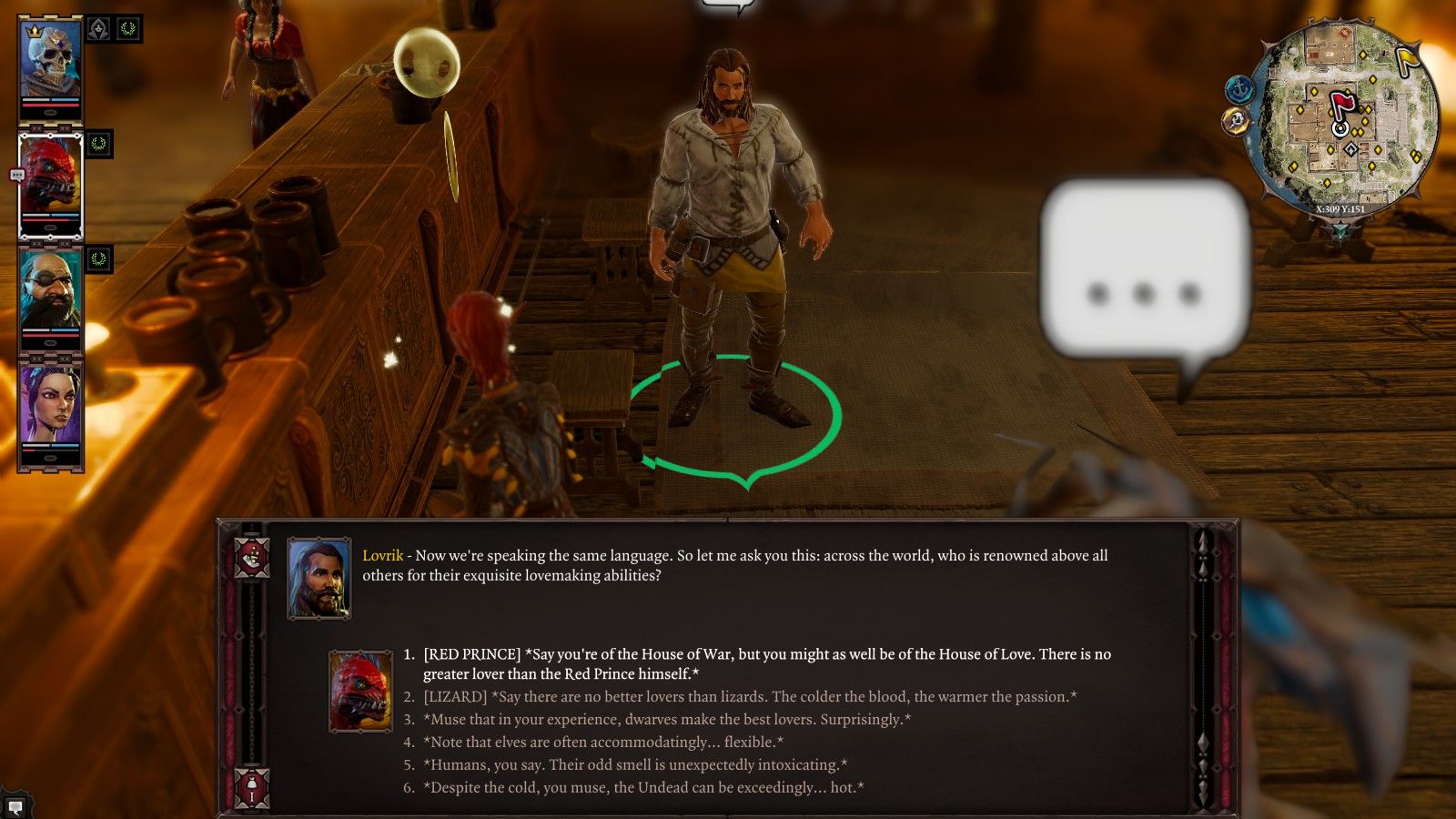
Thankfully, Baldur’s Gate III left behind the Cursed/Blessed mechanic. Burn the oil, freeze the water, and the outcome of a particular battle can change in a snap. that you can utilize in your combat – in addition to the change of surface that you can create on your own. Both games feature cleverly scattered barrels of oil, poison, water, etc. It wouldn’t be a Larian game if you couldn’t set the world on fire. With turn-based combat, you don’t have to constantly pause the game to re-evaluate how the battlefield has changed.


In a very Larian-like fashion, both games reward careful planning and awareness while punishing hastiness. The order of characters in battle will be decided by their Initiative/Speed value. Unlike many cRPGs such as Tyranny, Pillars of Eternity, Pathfinder: Kingmaker and old school BG titles that use real-time with pause, both Baldur’s Gate III and Divinity: Original Sin 2 utilize turn-based combat. However, besides being fantasy party-based cRPG, how similar or different are the two games? Are you someone who finished DOS2 but didn’t give BGIII a chance yet, awaiting the full release? Or has BGIII taken over your life and you are not yet ready to let go but exhausted all the content of EA and are unsure of DOS2? Have you not tried either one? Then this article is for you. Baldur’s Gate III is on everyone’s mind and, by the virtue of its popularity, Divinity: Original Sin 2 is sliding back into charts. The last two projects of Larian Studios have won over the hears and minds of cRPG lovers despite one of them only recently hitting Steam Early Access.


 0 kommentar(er)
0 kommentar(er)
